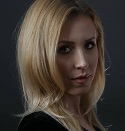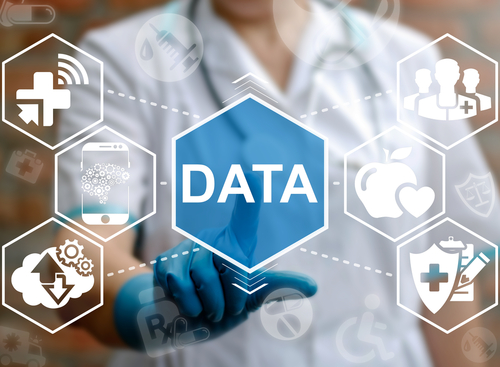In 2016, a study by CDC found that a third of adults in the US get less than the recommended seven hours of sleep a day. In 2018, sleep experts from the UK warned that the children’s lack of sleep was a hidden health crisis after the National Health Service came out with the latest statistics. Other studies show that people are making more mistakes and losing jobs due to lack of sleep.
All in all, we are getting less and less sleep on average, and it’s causing brain researchers to start talking about a bona fide public health crisis.
The good news is that smart people are working on the issue – and they’re finding a more-than-welcome ally in big data.
New sources of data
To understand how big of a leap utilizing big data has been for sleep science, we need to understand that until relatively recently, the main (or, really, the only) way to get clinically useful data was through polysomnography.
It is a complicated, expensive, and invasive test in clinical surroundings, monitoring brain activity, eye movements, muscle activity, breathing patterns, skeletal muscle activation, and heart rhythm, among other things.
Today, sleep data can be collected more comfortably, affordably, and (what’s most important) on a large scale. That’s all thanks to new tools for collecting data – various wearable sensors that provide real-time data on a large number of factors that can affect how someone sleeps. We’re talking headbands, watches, rings, bracelets, and even mattresses equipped with sensors that can provide even more data.
With these new sources of data, sleep scientists have far more to work with, including much more data from “healthy” sleepers whose sleep had been hitherto studied far less since most people undergoing polysomnography had been people with sleep disorders.
The amount of data collected via these new sources is truly staggering. Back in 2015, Fullpower, one of the leaders in sleep tracking technology whose solutions have been incorporated in products from different manufacturers, said they had data on 250 million nights of sleep. There are also organizations such as Sleepdata.org, which offer enormous datasets collected from various studies and through various methods.
Existing and potential applications
There are already numerous applications of big data in sleep science, from purely healthcare-oriented ones to various commercial applications.
First and foremost, the new approach to analyzing sleep data has been helping clinicians make big strides in diagnosing and treating sleep disorders. For instance, in 2013, a team found a way to use a wireless wearable multisensory suite to predict, in real-time, obstructive sleep apnea episodes (using the Dirichlet process-based mixture Gaussian process (DPMG) model). This can be used to adaptively adjust the CPAP airflow or the patient’s posture to prevent such episodes.
Another potential use is in monitoring the effects on new medication therapies or post-surgical recovery processes on patients’ sleeping habits. In addition to this, doctors can track the daily habits of their patients and analyze their effects on how the patient sleeps (more physical activity results in better sleep, for example).
We’re also seeing a number of smart mattresses and beds on the market, taking advantage of the big data approach to sleep science. These beds can change temperature, the posture of the person sleeping, and even sense when it’s the best time to wake them up by identifying periods of light sleep.
The ultimate goal is probably to make sure that as many people as possible get the best sleep they can and that those with sleeping disorders get the personalized treatment that will alleviate their symptoms most effectively.
A few caveats
As usual, some problems are standing in the way of the sleep utopia we’re imagining. For one, there’s the issue of data heterogeneity across various studies, organizations, and devices, as well as its variability (both between sources and time). Some solutions have been proposed (here and here), but there’s still a long way to go.
Some of the data will also be of very poor quality. In the absence of a regulatory body, this can lead to products with dubious effectiveness, to say the least.
There’s also the paradoxical effect of using sleep apps that some people have reported, where obsessing over optimizing their sleep habits caused them to actually lose sleep and experience insomnia.
In conclusion
Big data has become a big part of sleep science, and it is helping make big strides in the right direction. There’s no doubt that this relationship will become even stronger in the future as biomedical big data becomes more homogenized and handled more efficiently and carefully.
About the Author

Natasha Lane is a lady of a keyboard with a rich history of working in the IT and digital marketing fields. She is always happy to collaborate with awesome blogs and share her knowledge all around the web. Besides content creating, Natasha is nowadays quite passionate about helping small business to grow strong.
Sign up for the free insideBIGDATA newsletter.





Great post, thanks for sharing !!!